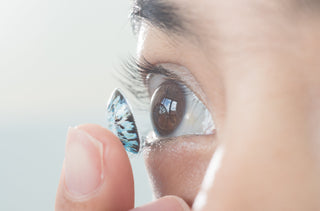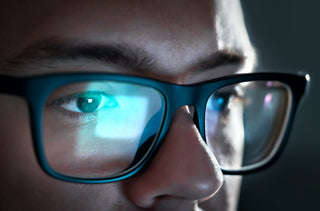Vision is a fascinating sense that varies considerably from one species to another. While humans possess vision adapted to detailed colour perception and good visual acuity, other animals have developed astonishing abilities to adapt to their environment.
Human vision: a balance between colour and detail
Humans have trichromatic vision, which means that our retina contains three types of colour-sensitive cones: red, green, and blue. This characteristic enables us to perceive a wide range of colours with great precision. Thanks to the frontal arrangement of our eyes and our binocular vision, we also have excellent detail and depth perception.
Carnivore vision: impressive night-time acuity
Cats and dogs, for example, have different visions from us. Their retina contains more rods than cones, enabling them to see much better in the dark. On the other hand, they do not perceive colours as well, having a dichromatic vision mainly centred on blue and yellow. Cats have a structure called tapetum lucidum that reflects light and improves their night vision.
Birds: experts in colour perception
Birds surpass humans when it comes to colour perception. Many species have tetrachromatic vision thanks to a fourth type of ultraviolet-sensitive cone. This ability enables them to spot patterns invisible to the human eye, which is crucial for foraging or mate selection. Moreover, their eyes are often larger than their heads, offering an exceptional field of vision.
Insect vision: a world of ultraviolet light
Insects, like bees, see colours we can't, especially in the ultraviolet. This perception makes it easier for them to find pollen in flowers and interact effectively with their environment. However, their vision is often less sharp than that of mammals, as their compound eyes are made up of thousands of individual units called ommatidia, providing a mosaic image of the world.
Reptiles and amphibians: vision adapted to the hunt
Snakes have a unique feature: some species, such as rattlesnakes, can detect the heat emitted by their prey thanks to sensory organs located close to their eyes. Other reptiles, such as chameleons, have eyes that can move independently of each other, giving them a panoramic view and great precision in catching their prey.
The special case of marine animals
Fish, dolphins, and other aquatic animals have vision adapted to their underwater environment. Some species of fish can see in low-light conditions thanks to pigments sensitive to blue light. Dolphins, on the other hand, mainly use echolocation rather than traditional vision to perceive their environment.
The diversity of visual abilities in the animal kingdom is staggering and testifies to species' adaptation to their environment. While humans excel in the perception of colour and detail, other animals have developed exceptional abilities in night vision, ultraviolet detection, and thermal perception. Each species sees the world in its own way, and this reminds us just how ingenious and varied nature really is.





















































